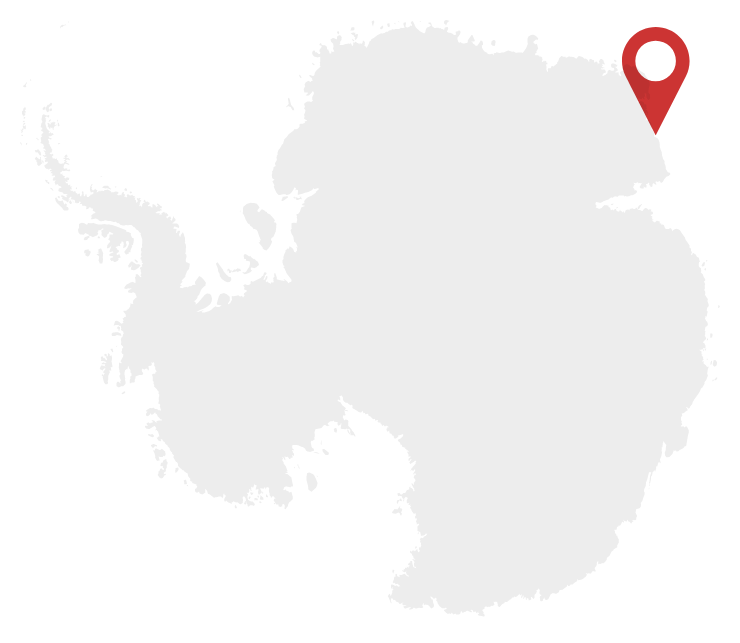As the fervor of Fat Bear Week rages on, a different corner of the animal kingdom is in trouble: The Antarctic penguin community. Australian researchers studying Adélie penguins point to a plunging population.
Researchers from the Australian Antarctic Division’s Department of Climate Change, Energy, the Environment and Water are reporting a startling dip in the population of Adélie penguins in eastern Antartica — a whopping 43%. The research was published by seabird ecologists Louise Emmerson and Colin Southwell this week in Global Change Biology.
“We think this population decline was initially triggered by five years of extensive summer sea ice adjacent to the colony in the mid-2000s, which hampered access to the adults’ foraging areas and saw virtually no chicks survive,” said Emmerson in a press release. “The frequency of these unfavourable breeding conditions subsequently remained high, and fledgling survival also began to decrease. These two processes together resulted in a more rapid population decline than would be expected if they had been acting in isolation.”

The loss of penguins is specifically occurring on the eastern side of the continent near Mawson research station. The researchers liken the rate of decline in this location to that of the Adélie penguins on the Antarctic peninsula, where populations are subject to the human-related pressures of commercial fishing, climate change, and human activity.
Emmerson and Southwell, however, suspect that the Mawson population is seeing a decline due to environmental conditions creating a feedback loop within the population — more specifically, an increase in near-shore sea ice has made breeding less successful as hunting for food is more difficult. The researchers further propose that the smaller this population gets, the harder it will be for it to survive as it faces less defence from predators and less success in navigating and hunting.
“Whether this Mawson penguin population stabilizes, continues to decline, or recovers, remains to be seen. It is clear from this study though that where possible, we are better off preventing impacts in the first place, or trying to alleviate them before population decline is well-established, or the processes causing the decline become confounding and result in rapid population declines,” said Emmerson.
According to Emmerson, the next step in this research is to continue monitoring the Adélie population to more thoroughly understand the mechanisms that allow the fledgling members of the species to survive amidst this ongoing feedback loop.
